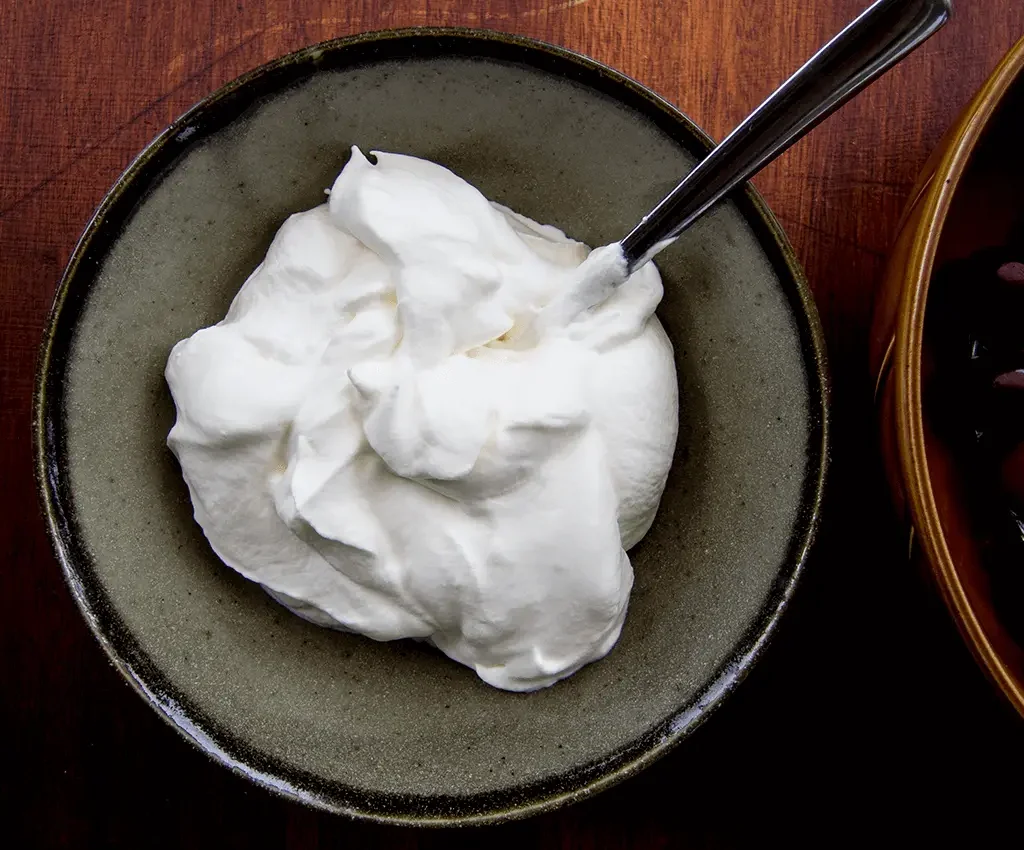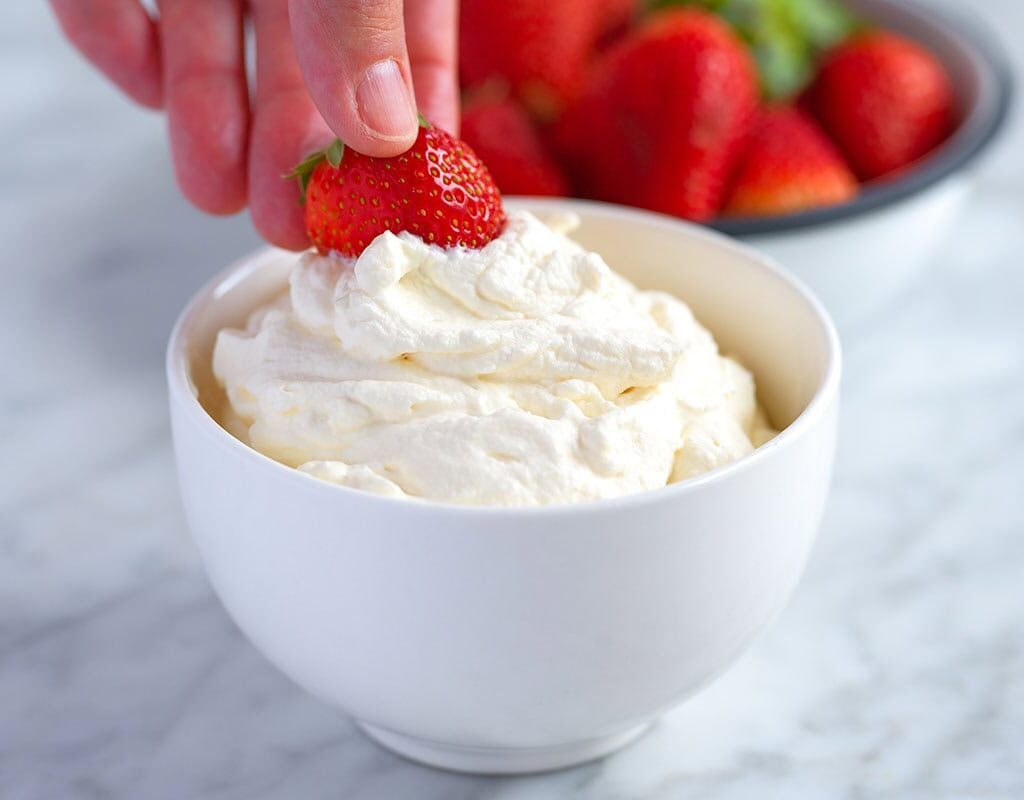Cream — the rich, velvety layer that rises to the top of milk — is one of the most essential dairy products in both culinary and commercial industries. From whipped toppings and dessert bases to sauces, soups, and skincare products, cream has made a significant impact across the globe. But when it comes to large-scale production, one country stands out as the unrivaled global leader.
So, which country is the largest cream producer in the world? The answer is India.
In this article, we’ll explore how India has emerged as the top cream-producing nation, the reasons behind this dominance, comparisons with other leading dairy-producing countries, and the broader significance of cream in global industries.
Understanding Cream and Its Global Demand

Before diving into the statistics, it’s important to understand what cream is.
Cream is a high-fat dairy product extracted from whole milk. The most common types include:
- Heavy cream (36–40% fat)
- Whipping cream (30–36% fat)
- Light cream (18–30% fat)
- Sour cream and clotted cream in specialty markets
Cream is a critical input in the production of:
- Ice cream
- Butter
- Cheese varieties (e.g., cream cheese)
- Pastries, sauces, soups, coffee creamers
- Cosmetic products
As global culinary trends evolve, demand for high-quality cream has grown significantly — especially in developing economies with rising middle-class populations.
India: The Cream Production Powerhouse

1. World’s Largest Milk Producer
India holds the top spot as the largest producer of milk in the world, contributing over 22% of global milk production. According to the Food and Agriculture Organization (FAO) and India’s National Dairy Development Board (NDDB), India produced over 230 million metric tons of milk in 2023.
Since cream is directly derived from milk, this staggering milk production naturally makes India the largest raw cream producer globally.
2. Massive Dairy Industry
India’s dairy industry is one of the most structured and expansive in the world. Major players such as:
- Amul (Gujarat Cooperative Milk Marketing Federation)
- Mother Dairy
- Nandini (Karnataka Milk Federation)
- Parag Milk Foods
produce hundreds of thousands of liters of cream daily for commercial, industrial, and household consumption.
These cooperatives collect milk from millions of rural dairy farmers, making cream production not only a national industry but also a rural livelihood driver.
3. Strong Domestic Consumption
Unlike many Western nations where cream consumption is often tied to desserts or holiday treats, Indian cuisine uses cream regularly in dishes such as:
- Butter chicken
- Paneer makhani
- Korma sauces
- Malai kofta
- Creamy desserts like kheer and rasmalai
This strong domestic demand has driven massive investments in cream separation and processing technologies across the country.
Comparative Analysis: India vs. Other Major Producers

While India leads in cream production, several other nations also produce large quantities of cream, mostly as a byproduct of milk and butter production.
1. United States
The U.S. is the second-largest milk producer in the world and a major exporter of dairy products, including cream. States like Wisconsin, California, and New York house vast dairy farms and production facilities.
American cream is primarily used in:
- Ice cream (U.S. is the top ice cream consumer globally)
- Packaged whipped cream
- Processed food items (soups, sauces, frozen meals)
Leading brands like Land O’Lakes, Organic Valley, and Daisy produce cream in both retail and industrial volumes.
However, U.S. production volumes are lower than India due to smaller rural dairy penetration and less frequent use of cream in daily cooking.
2. European Union (Especially Germany and France)
The EU, collectively, is one of the largest producers of dairy products globally. France, Germany, and Netherlands are top producers of heavy cream, sour cream, and clotted cream.
France’s dairy industry is renowned for producing high-fat cream for:
- Gourmet cuisine (soufflés, quiches, sauces)
- Cheese-making (Brie, Camembert)
- Pâtisserie (Éclairs, tarts)
While European creams are often richer and used in fine dining, the total production volume is lower than India due to a smaller population and limited domestic consumption.
3. New Zealand and Australia
Though smaller in landmass, New Zealand and Australia have highly advanced dairy sectors. Much of their cream output is tied to export markets, especially Southeast Asia and China.
New Zealand’s Fonterra is among the world’s largest dairy exporters, supplying ultra-heat treated (UHT) cream globally.
Why India Leads in Cream Production

1. Population and Per Capita Consumption
India’s massive population ensures a high and consistent demand for dairy products. Cream is widely used across socio-economic classes and is available in a variety of formats: fresh cream, malai (milk skin), cooking cream, and even traditional home-separated cream from boiled milk.
2. Decentralized Dairy Economy
Unlike the industrialized dairy systems in the West, India’s dairy sector is built on rural participation. Over 70 million small and marginal farmers contribute to the national milk pool. This grassroots production model allows extensive and continuous cream collection.
3. Strong Cooperative Model
Amul’s cooperative movement revolutionized dairy production in India. Cream production scaled rapidly due to:
- Cold chain development
- Village milk collection centers
- Skimmed milk and cream separation plants
- Domestic brand trust and infrastructure
4. Cultural Relevance
Cream, or malai, is used in multiple Indian dishes, sweets, and even home remedies. From applying fresh cream on skin to preparing thick milk-based drinks like lassi and rabri, it is deeply woven into Indian culinary and cultural life.
Economic Impact of Cream Production in India

- Employment: Cream production provides direct employment to millions of rural households, especially women.
- Exports: Although India is not a major exporter of cream compared to butter or milk powder, the industry is slowly shifting toward value-added dairy exports.
- Health Sector: Cream is used in skincare, cosmetics, and ayurvedic applications.
- Food Processing: Cream is a major input in fast-growing sectors such as ready-to-eat meals, bakery, confectionery, and hospitality.
Challenges in the Cream Industry
Despite India’s dominance, the cream production industry faces some critical challenges:
1. Infrastructure Bottlenecks
- Lack of refrigeration and transport infrastructure in rural areas can lead to milk spoilage.
- Delays in cream separation can reduce quality.
2. Limited Automation
- Many cream-producing cooperatives still rely on semi-manual systems, affecting output scalability.
3. Export Limitations
- Stringent international dairy standards and quality certifications limit India’s presence in high-end cream markets like the EU or North America.
However, recent investments in processing plants, cold chains, and quality assurance systems are helping India tackle these challenges head-on.
The Future of Cream Production
India’s cream production is expected to grow significantly in the next decade, fueled by:
- Rising urbanization and demand for ready-to-use dairy
- Greater integration of automated cream separation systems
- Expansion of Indian dairy brands to global markets
- Growing demand for high-fat cream in desserts, baking, and foodservice sectors
With continuous innovation and rural empowerment, India is not only set to maintain its leadership in cream production but also strengthen its footprint in the global dairy economy.
Conclusion
When it comes to the global production of cream, India stands firmly at the top — powered by the world’s largest milk output, a vibrant dairy cooperative model, and a culture that deeply values cream in everyday cuisine.
While countries like the United States, France, and New Zealand produce high-quality cream for niche markets or exports, India’s unmatched volume and grassroots structure ensure its position as the largest cream producer in the world.
As consumer tastes evolve and global demand for dairy continues to rise, India’s cream industry is well-positioned to meet the world’s growing appetite for this rich and versatile product.




Leave A Comment